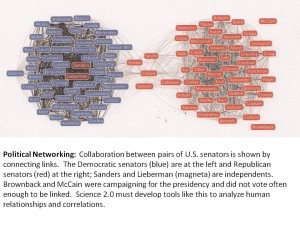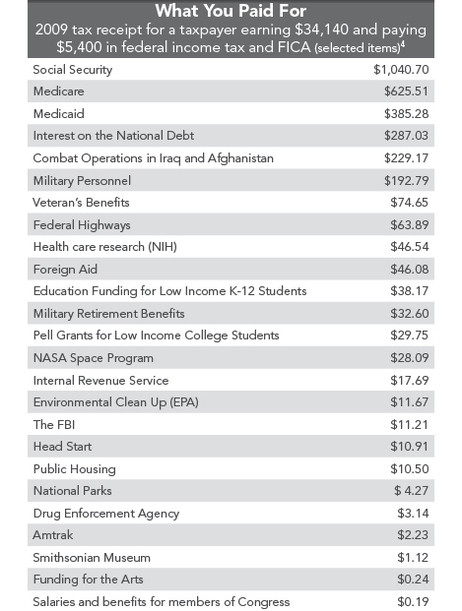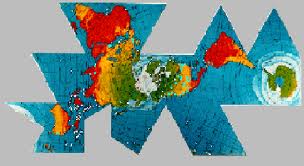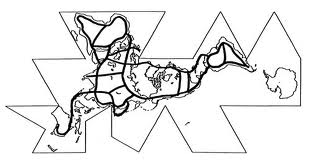Read Source Article, Science 2.0 (2008-07-03)
Phi Beta Iota: Eugene Garfield gave us citation analysis via the Institute for Scientific Information, and Dick Klavans and company have given us the (fragmented) web of knowledge. Top commercial intelligence practitioners have long known that published experts can lead to unpublished experts without which ground truth cannot be determined. If citations are the “things” that can be measured, “relationships” or “transactions” are the intangibles between the spaces, the Ying of the Yang. This article is important in part because it coincides with MajGen Robert Scales, USA (Ret) view that WWI was about chemistry, WWII was about physics, WWIII was about information, and WWIV is about human factors.
Reference: 27 Sep MajGen Robert Scales, USA (Ret), PhD
Search: The Future of OSINT [is M4IS2-Multinational]
2010: Human Intelligence (HUMINT) Trilogy Updated
2010 INTELLIGENCE FOR EARTH: Clarity, Diversity, Integrity, & Sustainability







 Within those, the two below are the most interesting. The second was used in a discussion between Buckminster Fuller and the Russian leadership, to show how a global electrical grid could be achieved that would eradicate the current 50% loss from source to end-user.
Within those, the two below are the most interesting. The second was used in a discussion between Buckminster Fuller and the Russian leadership, to show how a global electrical grid could be achieved that would eradicate the current 50% loss from source to end-user.

